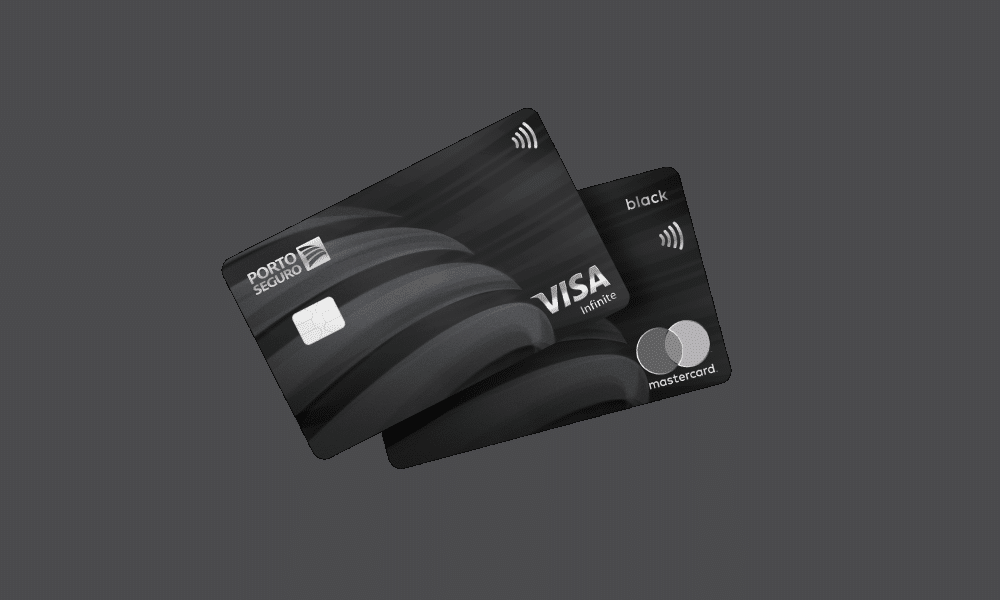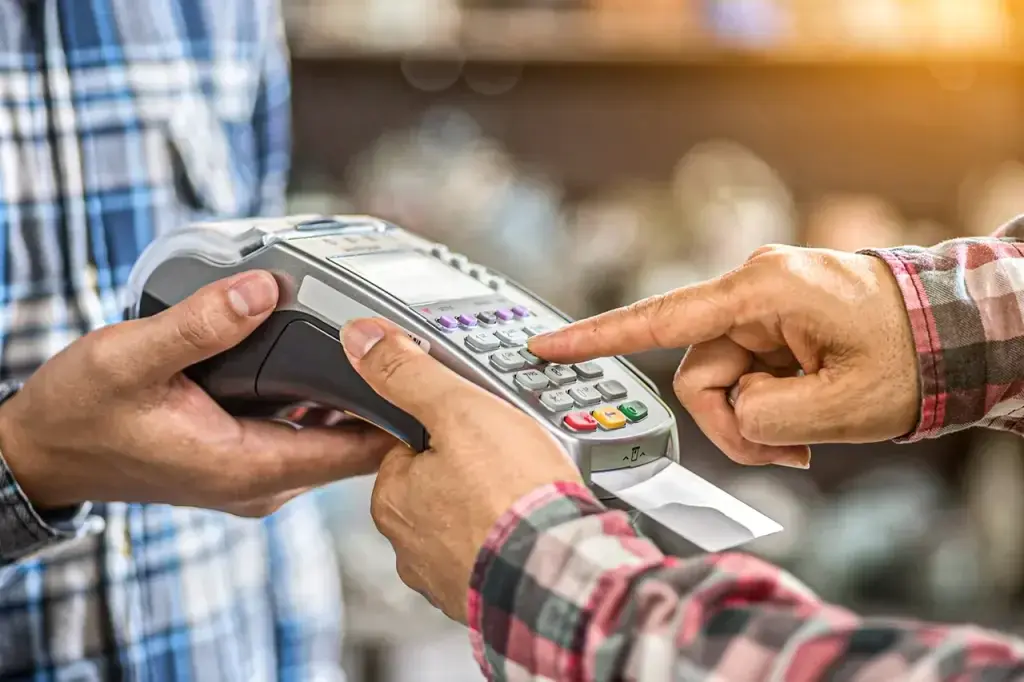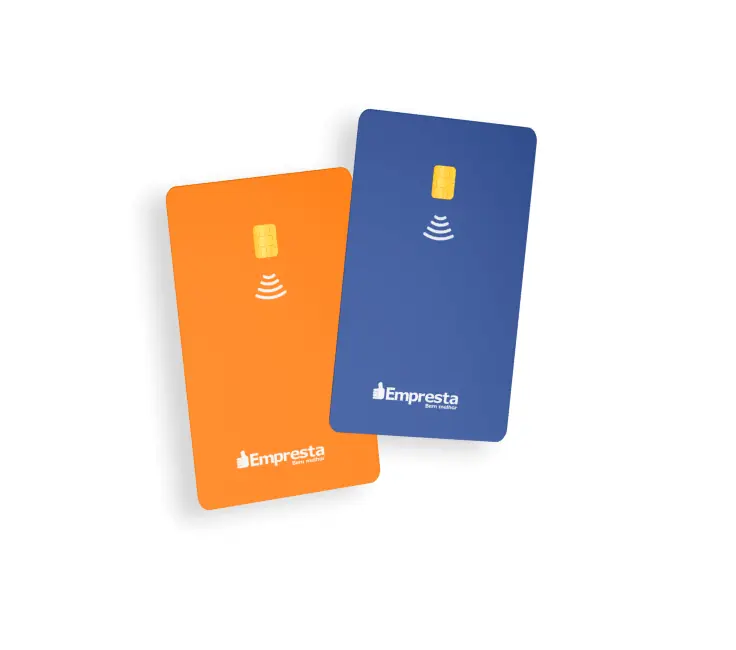Announcements
At some point you may have heard or seen the CVV acronym on a card, either when shopping online or even when unlocking your card. You've probably had a few questions, such as: What is Credit Card CVV - Is it safe for me to enter it on a shopping site - What is it for - have crossed your mind at some point.
With the aim of helping you to get these and other questions answered clearly, we've prepared this post! Check out the real meaning of CVV below, how you can find it on your card and some tips that will help you a lot.
Announcements
But what is Credit Card CVV anyway?
First of all, you should know what the acronym CVV stands for "Card Verification Value". It is nothing more than a security code that is present on all debit and credit cards, which must be entered when making financial transactions over the Internet and, on some occasions, when confirming personal details at the bank.
Although you've already understood the meaning, this acronym varies depending on the card brand, CVV is a Visa acronym, MasterCard calls it CVC (Card Verifier Code). American Express uses the acronym CID (Card Identifier), but don't worry about these acronyms, they all have the same function.
Announcements
Its main function is to act as a code that authenticates the card for online purchases, replacing the password, which is only requested when the user uses their physical card at the card machines.

Why is CVV requested when making online purchases with a credit card?
Today, Brazil is one of the countries most affected by internet fraud in the world. According to an Antifraud analysis by KondutoIt is estimated that every 5 seconds an e-commerce store suffers an attempt at fraud.
The CVV exists precisely to prevent fraud and protect the cardholder's data. It is an authentication method that only allows online purchases to be made if the user has the card in hand or knows it for sure.
The LGPD (General Data Protection Law) specifies that the consumer is the owner of all data provided to companies, which was not the case in the past. The rules for using this confidential data have become even stricter.
How does the security code work?
The code offers protection, but it must be used safely. All files or storage devices must be completely removed once the CVV has been validated by the operator.
The security code consists of three or four digits and is calculated using a cryptographic key-based algorithm, which uses data such as the card number and expiration date. All these elements are used to protect and ensure that the card code is unique.
It is worth noting that the code offers protection, but must be used securely. Card brands such as Visa and MasterCard explicitly prohibit the storage of their CVVs.
What is the purpose of the credit card CVV?
Every purchase made online will ask for the CVV number before it is finalized, why? On the Internet, the card's authentication code replaces the password used in physical establishments.
It is a way of ensuring that the user has the card in hand at the time of purchase and to prevent a large amount of fraud.
Where is the CVV on the card?
Finding the card code is simpler than you might think. On Visa or MasterCard cards, whether credit or debit, the CVV is located on the back of the card, i.e. on the back, and consists of 3 digits. It is usually below or next to the magnetic stripe. Most cards follow this same design.
On American Express cards, the code can be found above the card number. There is a difference in the code, which is a combination of 4 digits.

Is it really safe?
Some measures ensure that the CVV is secure and known only to the cardholder:
- It is not printed or written anywhere other than on the card itself;
- The card is not engraved, but only - in most cases - discreetly printed on the back of the card;
- When making a purchase with a card, the code does not appear on the receipt.
However, care must be taken to ensure that the security of the code is maintained:
- Under no circumstances enter the code on public computers or machines you don't trust;
- Pay attention to the SSL security certificate of the site you are shopping on;
- Avoid leaving photos of the code stored on your cell phone or other devices;
- And above all, keep the CVV completely confidential.
Take care when buying online
-
Make sure the site is secure
There are several companies that certify the protection of an online store. This information can usually be found on the homepage and the payment page.
If you can't find the security verification seals on an E-Commerce you want to buy from, it's best not to finalize your order!
-
Look for referrals
Searching for information before making any purchases on websites is a very interesting point. Many fake online stores are set up with the intention of stealing your data, especially your cards. Always check on reporting sites such as Complain here if the store or website is really safe.
-
Always be wary
Buy from sites with an SSL certificate (a key or padlock that appears in the status bar of the page indicating that the environment is secure), don't use public or third-party computers to buy and change passwords frequently, avoiding passwords such as birthdays. This reinforces CVV's role in providing safe shopping.



